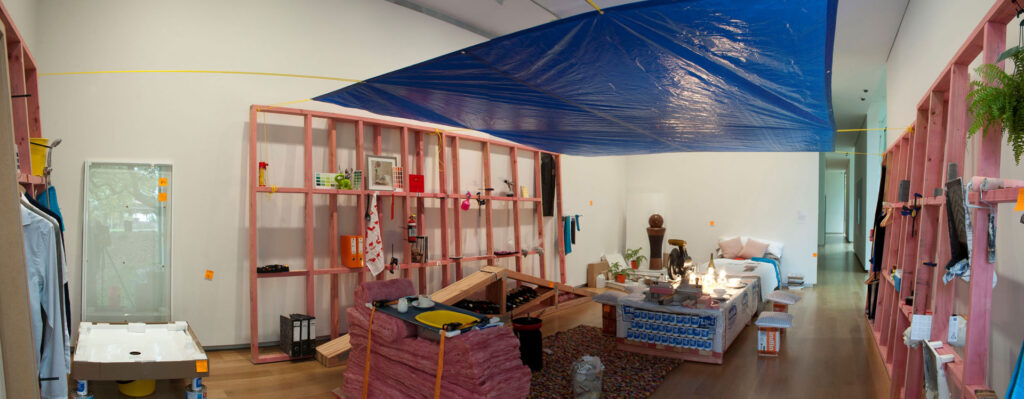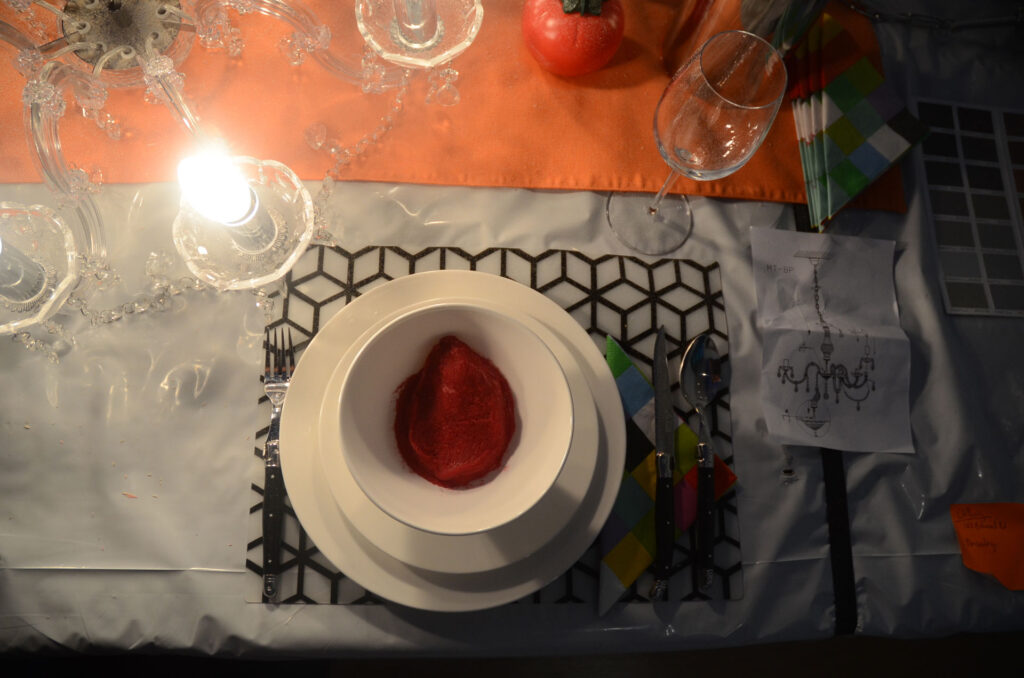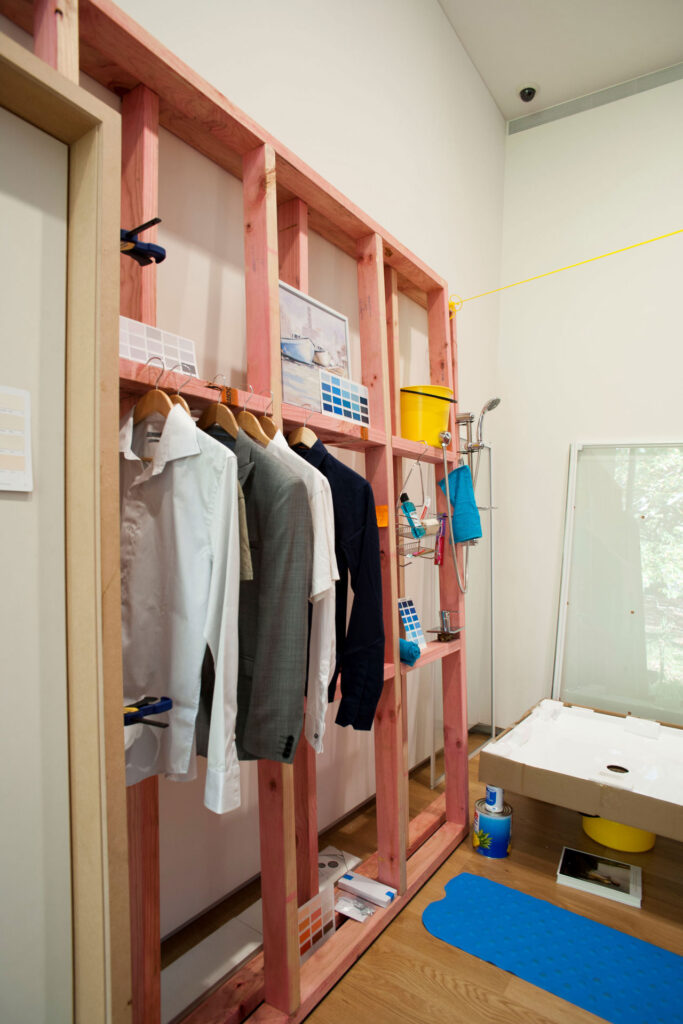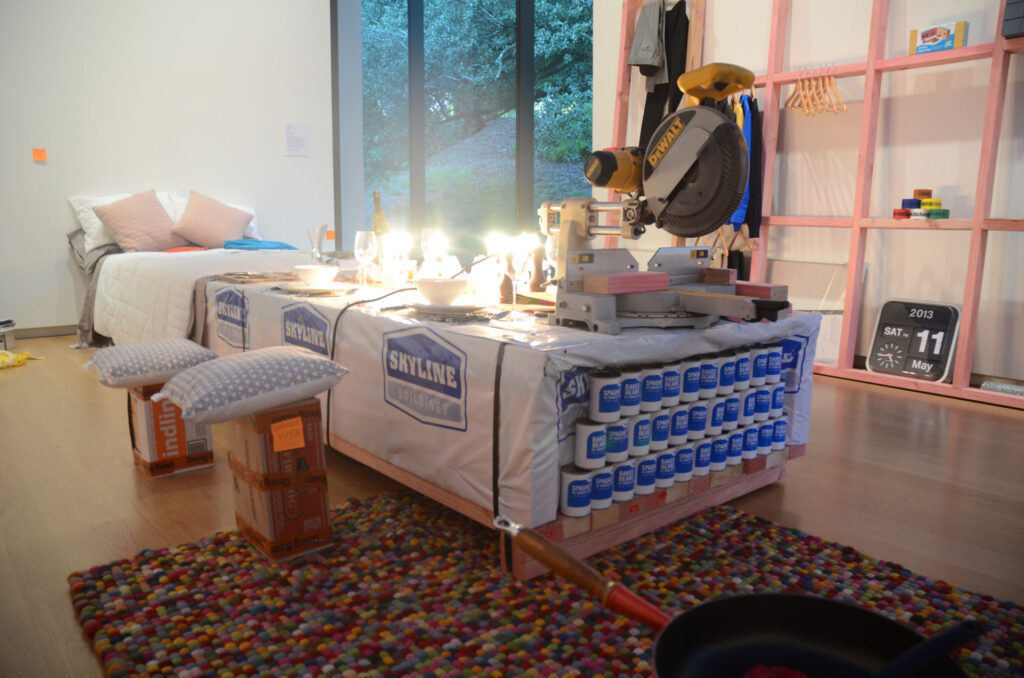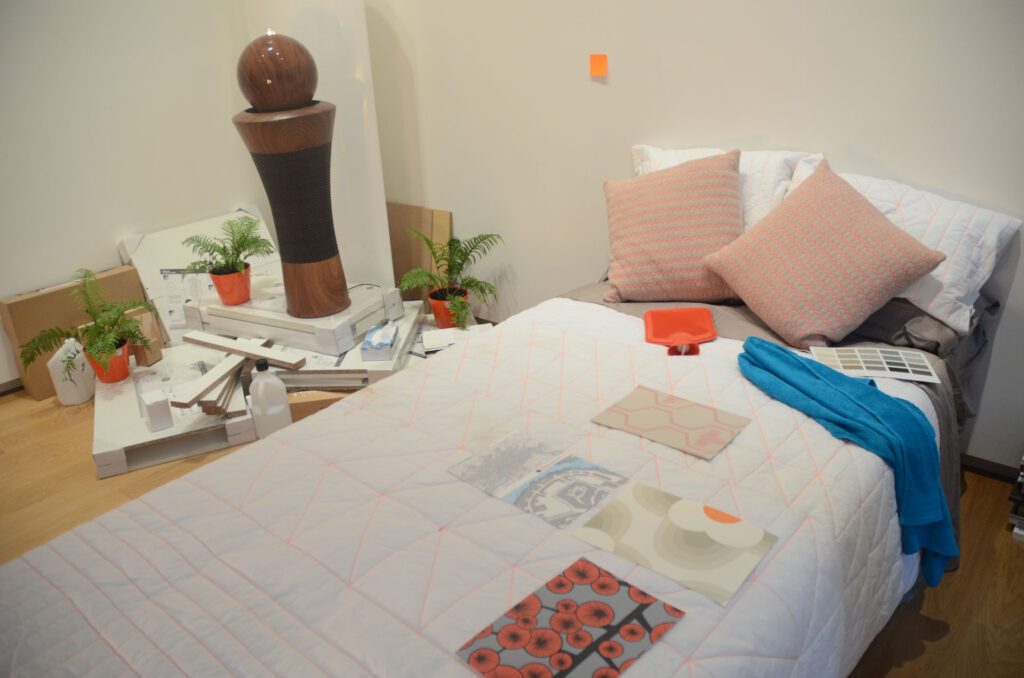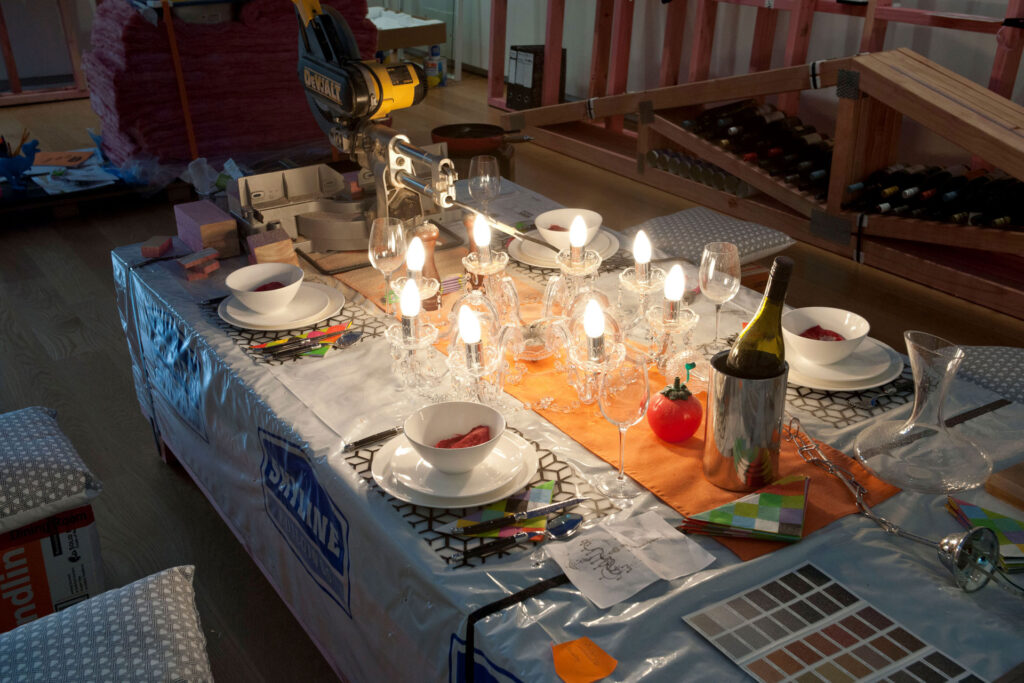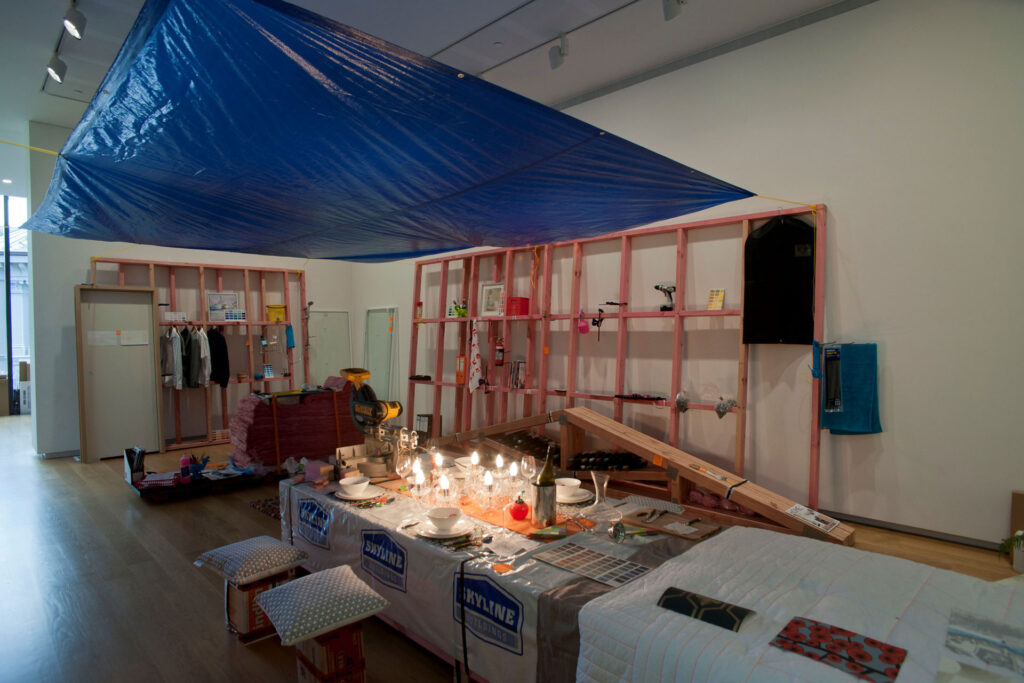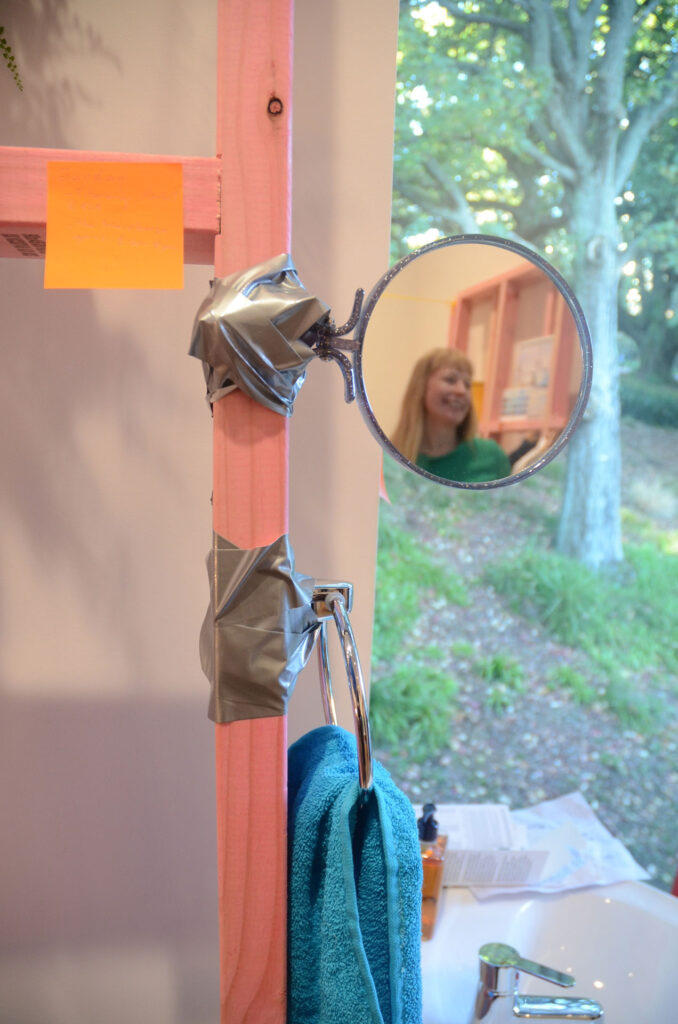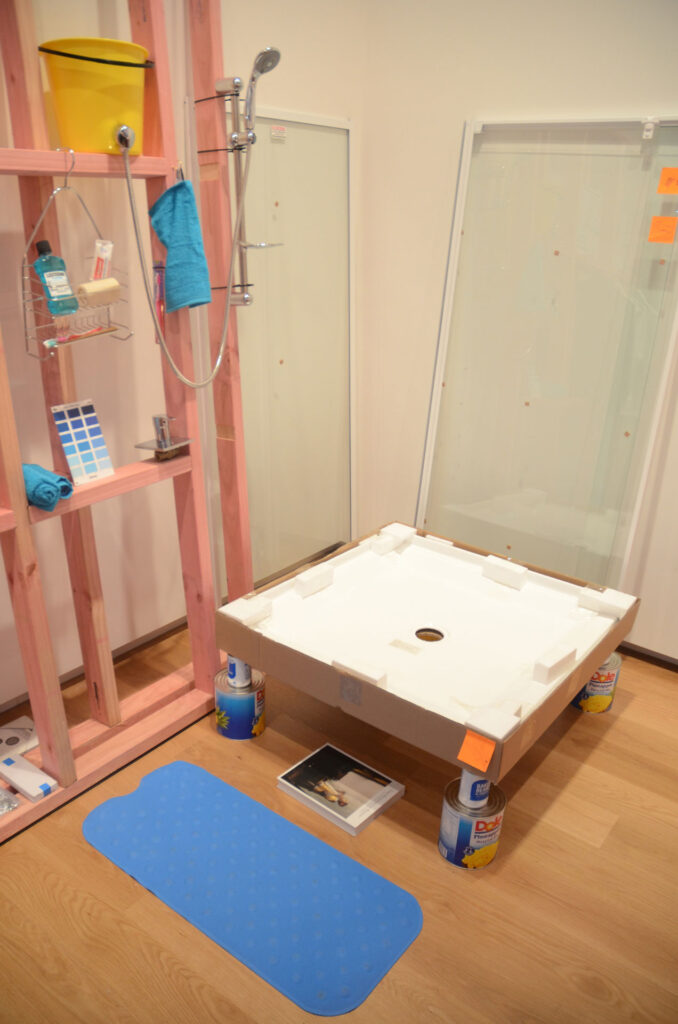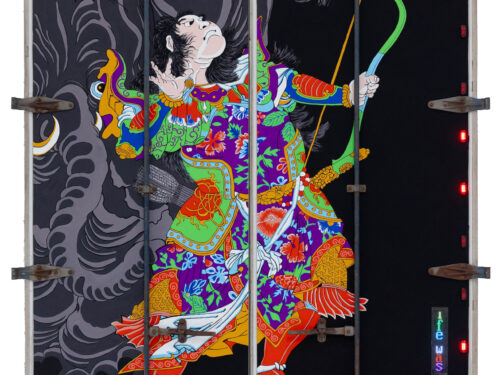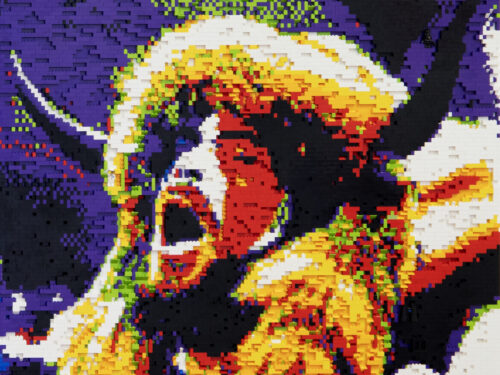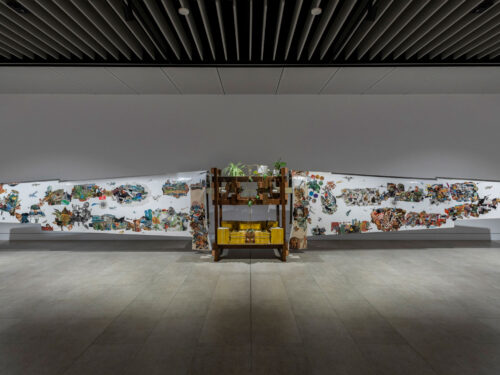
Dwell
The architecture of a culture can give clues to the values a culture holds dear. A good example of architecture that reflects the social and environmental conditions of the time is the traditional Fujian Tulou of the Hakka people. These communal houses are actual family fortresses with coutyards, following the ethic: “closed outside, open inside”. These rammed earth structures protected the Hakka from marauding bandits from the 12-19th centuries. The inside of the houses reflect an egalitarian shared community, based on vertical houses, thereby no family lives on top of or above another family, rather the families live side-by-side.
We can infer what were the values of the people that lived within these structures by studying the architectural characteristics of the buildings. What values would people draw from the architecture of our time? The most striking characteristic of modern architecture its ever-changing form and it’s relative impermanence. In the same way that Americans tend to tweak food that they order, “hold the mayo, extra fries, etc”, people in the first world are experiencing a mania for renovating the houses that they move into. We wonder what a graph would look like that plotted the average house in various stages: Being built; being occupied; being renovated, being demolished. How many people live in houses that are never really function as complete units: bathroom unfinished, kitchen in semi-deconstructed state, bedroom in constant state of being wallpapered?
This mania for architectural change has parallels to the neurosis of the individual who has such strong Obsessive–compulsive disorder that they cannot live in their own house for fear of making it dirty: opting to sleep in the park rather than blemish their perfect living unit.
The house that we are (de)(re)constructing in “If you were to live here…” is an example of this stranded nomadism: a situation where the location of the individual does not change but the housing structure that they live within is in constant change: a strange mania that particularly affects people that live within migrant countries; Australia, New Zealand and the United States.
